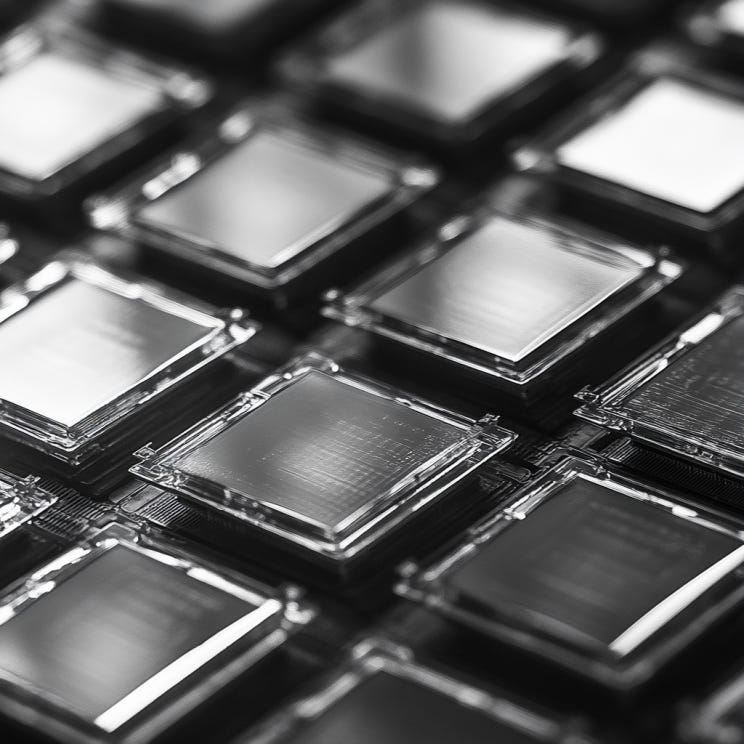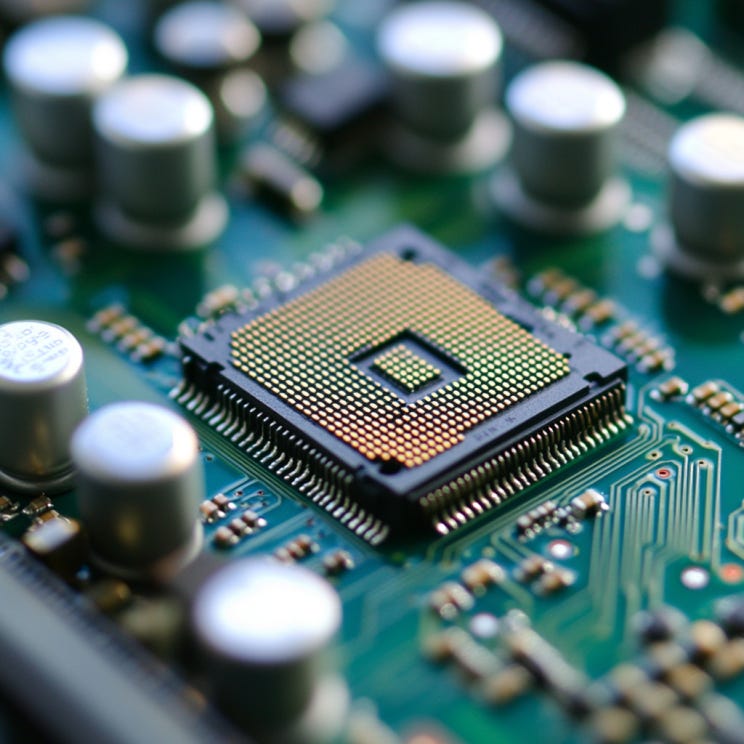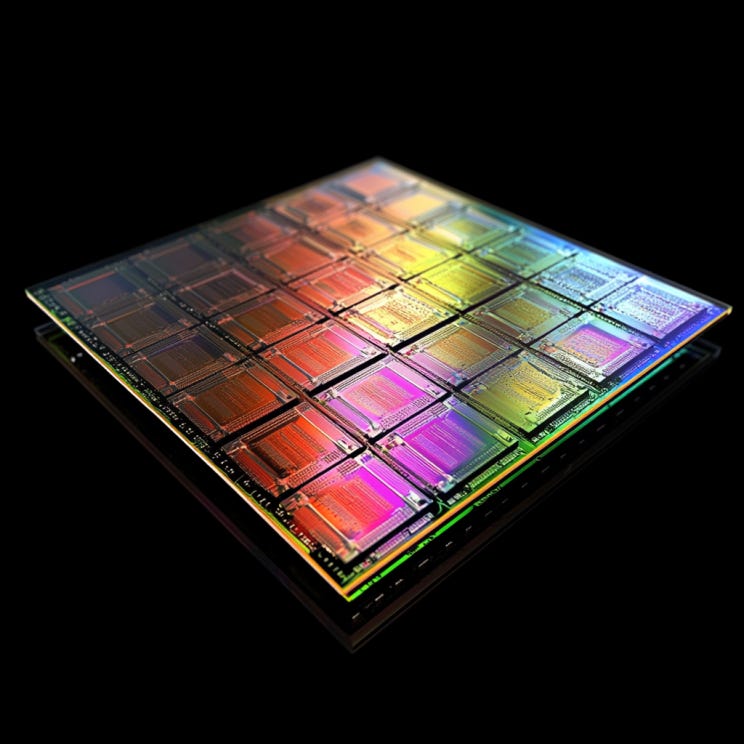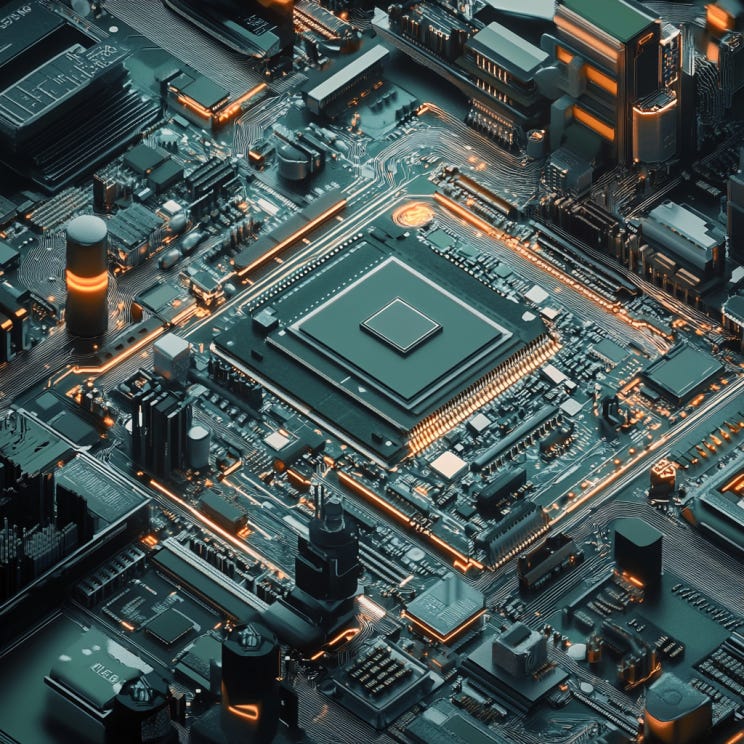Intel CEO Pat Gelsinger Ousted: Causes of Decline & Future Prospects
Intel (INTC) just canned their CEO... will the U.S. CHIPS Act help them recover? Or will they remain a sinking ship?
Intel CEO Pat Gelsinger was ousted (on Dec. 1, 2024) after a challenging 4-year tenure.
Gelsinger returned to Intel in 2021 with ambitious plans to revitalize the company under a strategy called “IDM 2.0.” (He was previously at Intel from 1979-2009, then at VMware & EMC before his return).
IDM 2.0 aimed to transform Intel into a U.S.-based semiconductor manufacturing leader.
However, Pat’s tenure was marked by mounting challenges and missed expectations, culminating in boardroom frustrations and his eventual departure.
Intel’s stock (INTC), already down more than 50% this year, saw further declines following the announcement.
Once a semiconductor juggernaut, Intel’s prolonged missteps have left it scrambling to keep pace with TSMC, Samsung, AMD, and NVIDIA.
What caused Intel to fall from the throne? A decade of compounding errors…
Intel’s current challenges reflect years of strategic, operational, and financial missteps.
1. Manufacturing Failures
Node Delays: Intel’s protracted transition from 14nm to 10nm disrupted its roadmap, delaying subsequent nodes and leaving it technologically behind.
Late EUV Adoption: While competitors embraced EUV lithography early, Intel delayed adoption, resulting in persistent struggles with advanced node production.
2. Strategic Missteps
Stock Buybacks Over R&D: From 2015 to 2020, Intel spent over $50 billion on buybacks, prioritizing shareholder returns over critical investments in research and manufacturing.
Missed Mobile Opportunity: Intel declined to produce chips for the iPhone, allowing ARM-based designs to dominate mobile markets.
NVIDIA "What-If": In 2005, Intel had an opportunity to acquire NVIDIA for ~$20 billion. While hindsight makes outcomes unclear, the missed acquisition highlights Intel’s historical inability to capitalize on key market shifts.
3. Competitive Oversights
AMD Gains: Leveraging TSMC’s advanced nodes, AMD’s Ryzen and EPYC processors captured significant market share in consumer and server CPUs.
NVIDIA Dominance: NVIDIA capitalized on the AI boom, with its GPUs becoming the gold standard in data centers.
Apple’s Transition: Apple’s move to in-house silicon (M1/M2) further marginalized Intel in the PC market.
4. Leadership Instability
Frequent CEO turnover disrupted continuity and strategic execution.
Gelsinger’s IDM 2.0 strategy sought to reestablish Intel as a foundry leader but failed to deliver results, especially in securing substantial external customers.
Intel’s Financial & Technical Challenges
Intel’s financial struggles and technological lag highlight the severity of its current crisis:
Revenue & Profitability
Q2 2024 Revenue: $12.8 billion (-1% YoY), marking nine declines in 11 quarters.
Foundry Losses: $2.5 billion operating loss in Q2 2024, with ongoing challenges in attracting external customers.
Margins: Gross margin at 35.4% is well below competitors like NVIDIA (~70%) and AMD (~50%). Operating margin sits at -15.3%.
Technological Lag
Process Nodes:
Intel: Currently producing Intel 4 (7nm equivalent); Intel 20A (2nm) and 18A (1.8nm) slated for 2024-2025.
TSMC & Samsung: Mass-producing 3nm nodes since 2022, with TSMC targeting 2nm by 2025.
High-NA EUV Tools: Intel secured shipments of High-NA EUV lithography machines, potentially offering a competitive edge. However, delays and execution risks persist.
Intel’s Business Strategy & Leadership (2024)
Following Gelsinger’s exit, Intel appointed CFO David Zinsner and Products CEO MJ Holthaus as interim co-CEOs.
Board member Frank Yeary was named interim executive chair, signaling the urgent need for stability and strategic clarity.
But what strategies can Intel implement going forward to turn the company around?
Strategic Paths Forward
Aggressive Cost-Cutting and Asset Sales
Actions: Lay off 15% of the workforce (~15,000 employees), downsize real estate, divest Mobileye and Altera.
Risks: Harm to morale, diminished presence in emerging markets like automotive.
IDM 2.0 Continuation
Actions: Expand U.S.-based fab capacity, integrate PowerVia and RibbonFET innovations, and develop Intel 20A/18A nodes.
Risks: Continued financial strain, foundry losses (~$11B YTD in 2024).
Refocus on Core Strengths
Actions: Prioritize CPUs and AI, reduce foundry ambitions.
Risks: Sacrifices long-term growth in foundry and manufacturing sectors.
Strategic Partnerships
Actions: Collaborate with AI and cloud firms (e.g., AWS partnership).
Risks: Integration challenges and slower financial returns.
Foundry Spin-Off
Actions: Semi-autonomous foundry division with 50.1% Intel ownership.
Risks: Regulatory hurdles, viability of spun-off division remains uncertain.
Acquisition or Merger
Actions: Explore mergers with strategic partners like Qualcomm.
Risks: Significant regulatory and cultural challenges.
Intel’s CHIPS Act Funding ($7.8B)
Intel secured $7.8 billion in CHIPS Act funding, offering critical financial backing but it has some limitations.
Opportunities:
Tax credits and defense contracts bolster U.S. fab expansions.
Facilities in Arizona, Ohio, and Oregon receive vital support.
Restrictions:
Intel must retain 50.1% ownership of foundry operations.
Investments must directly enhance U.S. semiconductor capacity.
Intel vs. Competition: How Far Behind? Odds of Catching Up?
Comparison vs. Competitors
Foundry Business:
Intel: $4.4 billion revenue, $2.5 billion losses (Q2 2024).
TSMC: $18.87 billion revenue, $7.17 billion net income (Q2 2024).
Market Position:
AMD holds over 20% server CPU share.
NVIDIA dominates AI accelerators, with Intel struggling to gain traction.
Odds of Catching Up
Short-Term (2024-2026): Low (~25%). Execution risks and financial strain limit progress.
Mid-Term (2027-2030): Moderate (~50%). Innovations and investments could begin yielding results.
Long-Term (Post-2030): High (~75%). Sustained investment and government support position Intel for eventual recovery.
Intel’s Future
Intel’s position within the global semiconductor industry remains under threat.
However, its strategic importance to U.S. national security ensures likely survival.
Recovery for Intel depends on:
Leadership: Appointing a visionary CEO to steer its future.
Execution: Delivering on process node advancements and innovations like High-NA EUV, PowerVia, and RibbonFET.
Strategy: Balancing foundry ambitions with core strengths in CPUs and AI.
Probably not a company to invest in anytime soon… but worth monitoring just out of curiosity.
Can they right the ship? Who knows. Only exposure I wouldn’t mind is via an ETF.





